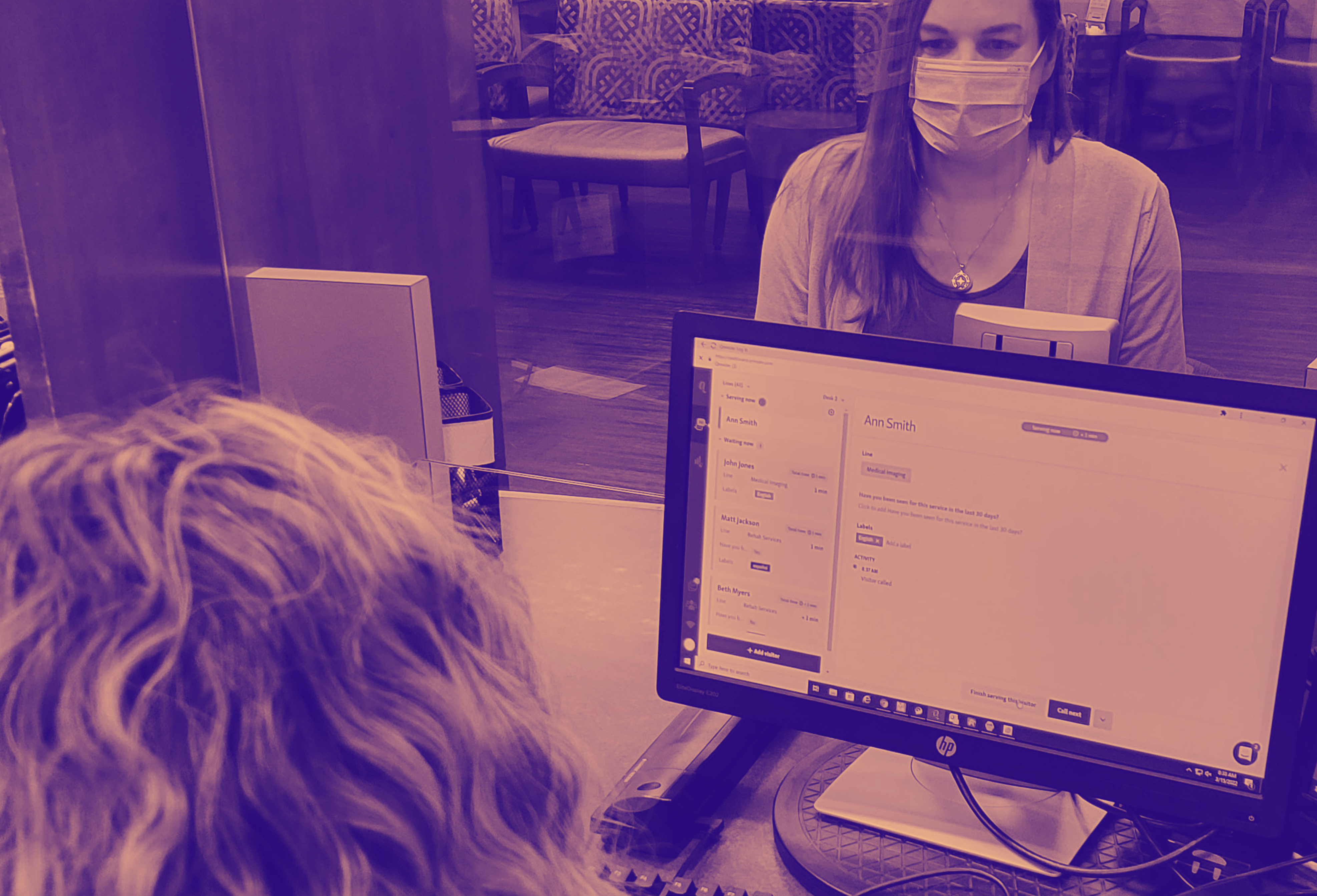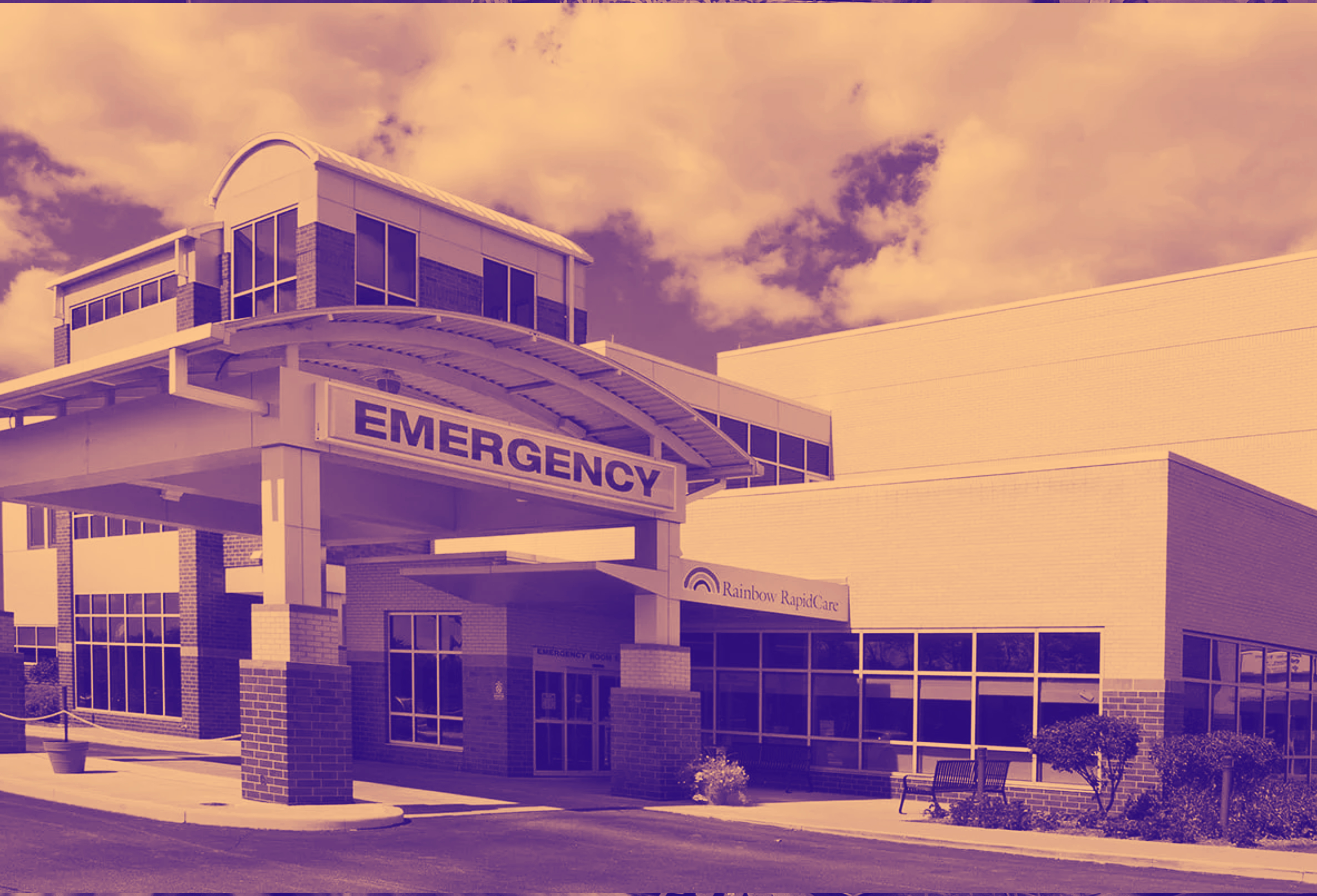Patient Queue Management Software
Smarter Patient Flow
For Busy Care Teams
Reduce wait times, lower Left Without Being Seen (LWBS) rates, and boost throughput to protect revenue.
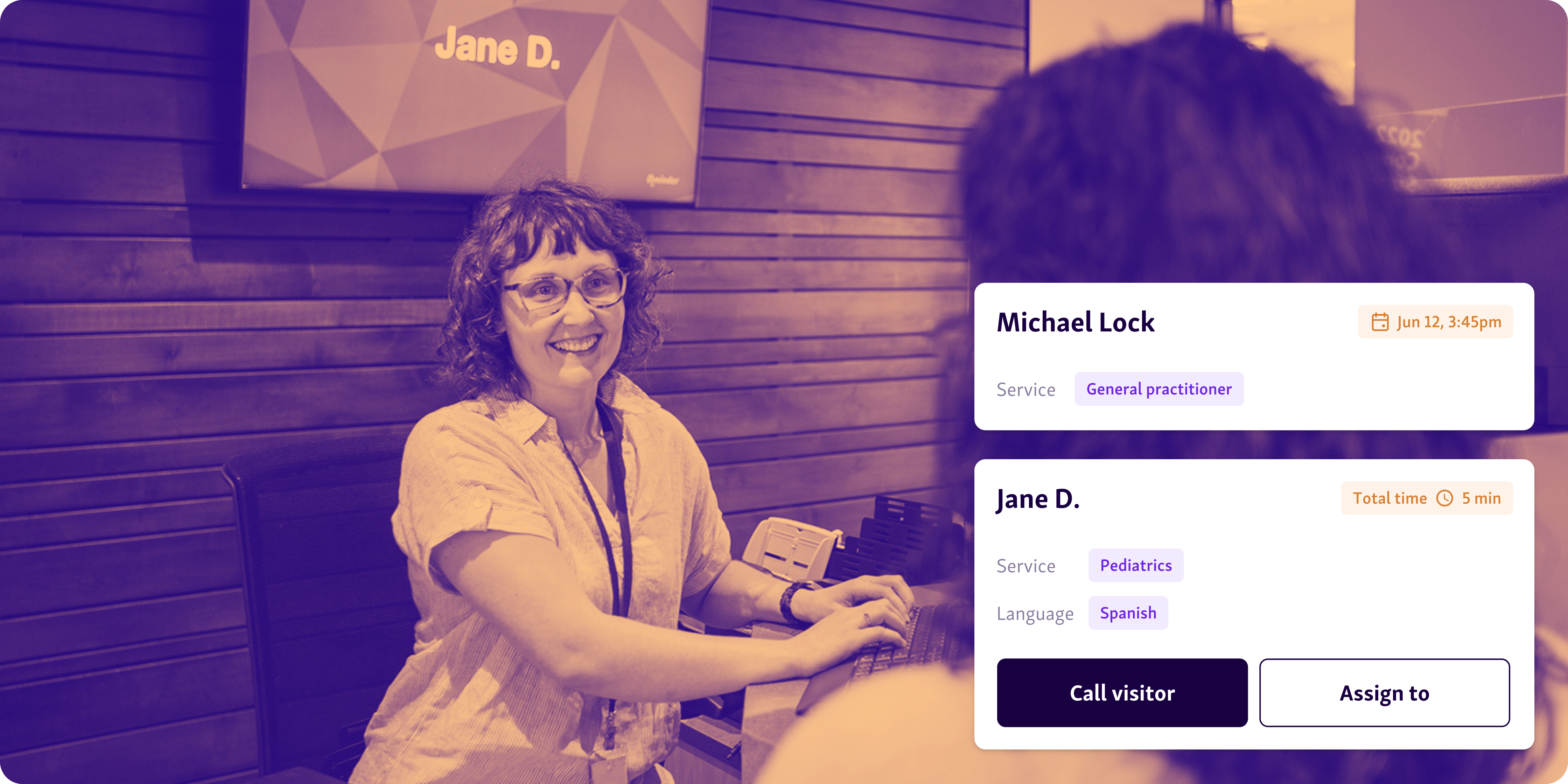
You know the challenges
Long waits and crowded waiting rooms
High no-show rates and missed appointments
Overworked staff and disorganized schedules
Key solutions & features that deliver results
You’re eligible for a solution
Qminder is bringing queue management systems into all kinds of healthcare organizations including Johns Hopkins All Children’s Hospital to Penn Highlands Healthcare and HCA.
Hospitals
Clinics
Laboratories
Test centres
Pharmacies
Dentists
Urgent Care
Veterinarians

What you can make happen
Upgrade the waiting experience
Patients often feel restless in waiting rooms – afraid to move in case they lose their place in the queue – but you can give them a smoother check-in, shorter wait times, and the freedom to move about.
Give patients updates via customer messaging , so they can leave the clinic and get alerts when it’s time to return for an exam.
Enhance the pre-appointment patient experience, retain customers and get better feedback from visitors.
Give visitors the ability to check in themselves and enter their own medical history electronically.
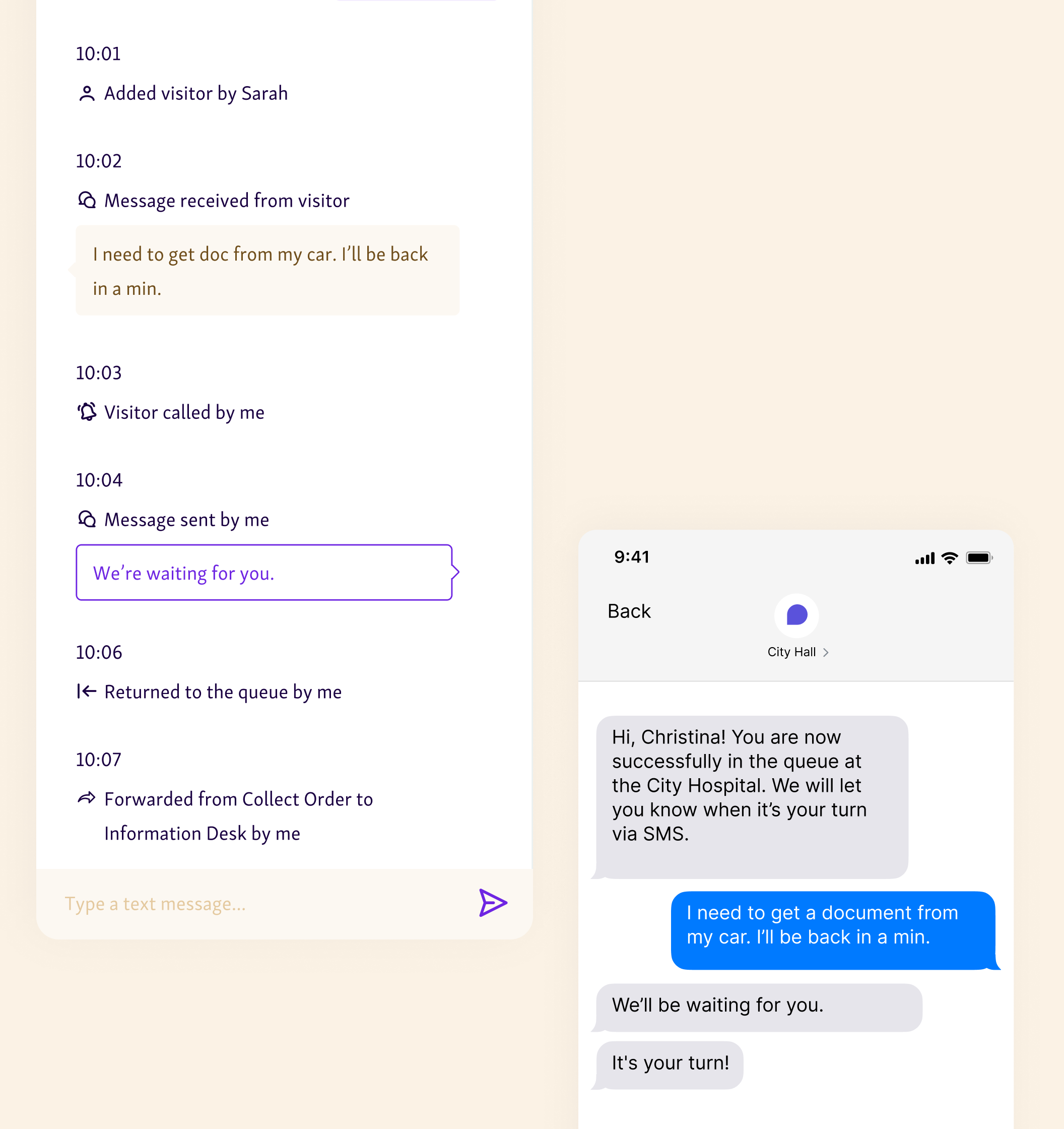
Digitize and automate your appointment scheduling
50.4% of visitors say ease of appointment booking is a factor when giving a 5-star review to a healthcare provider ( Press Ganey ). You can make sure it’s seamless.
Allow visitors to schedule appointments online on a dedicated site.
Make appointments more consistent and predictable, and make the results more visible.
Automatically prioritize appointments or walk-ins as needed, and take the load off your service teams.
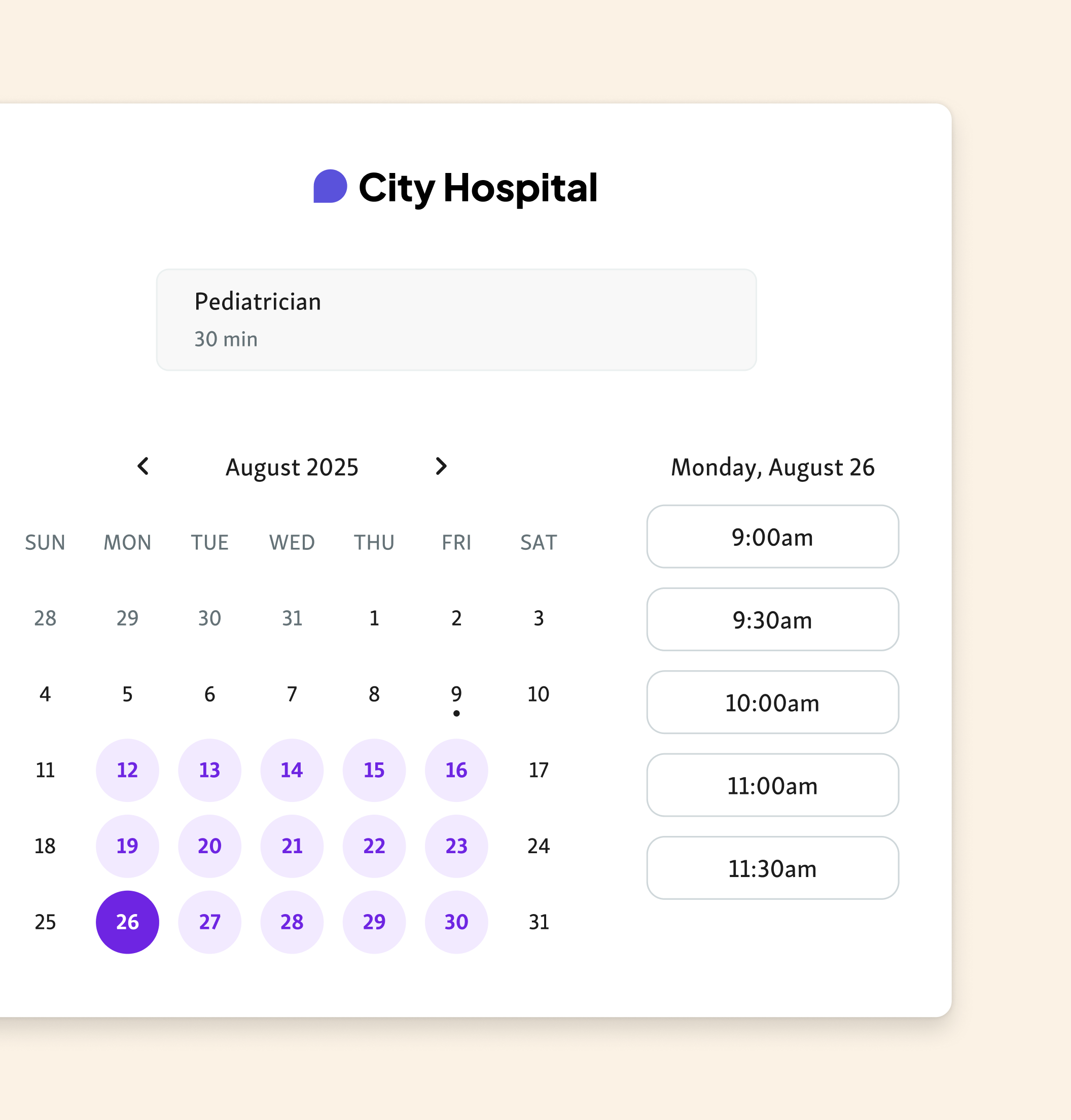
Give your team Service Intelligence tools
Give management and service teams the patient queue management software to automate the busywork, create smarter service flows, and analyse the results.
Enable managers to evaluate people’s reasons for visiting, rush hours, and your no-show rate.
Offer clerks service insights in real-time so they can prepare ahead and reduce burnout.
Identify bottlenecks, tighten handovers and reduce the wait time for everyone with a smart patient queuing system.
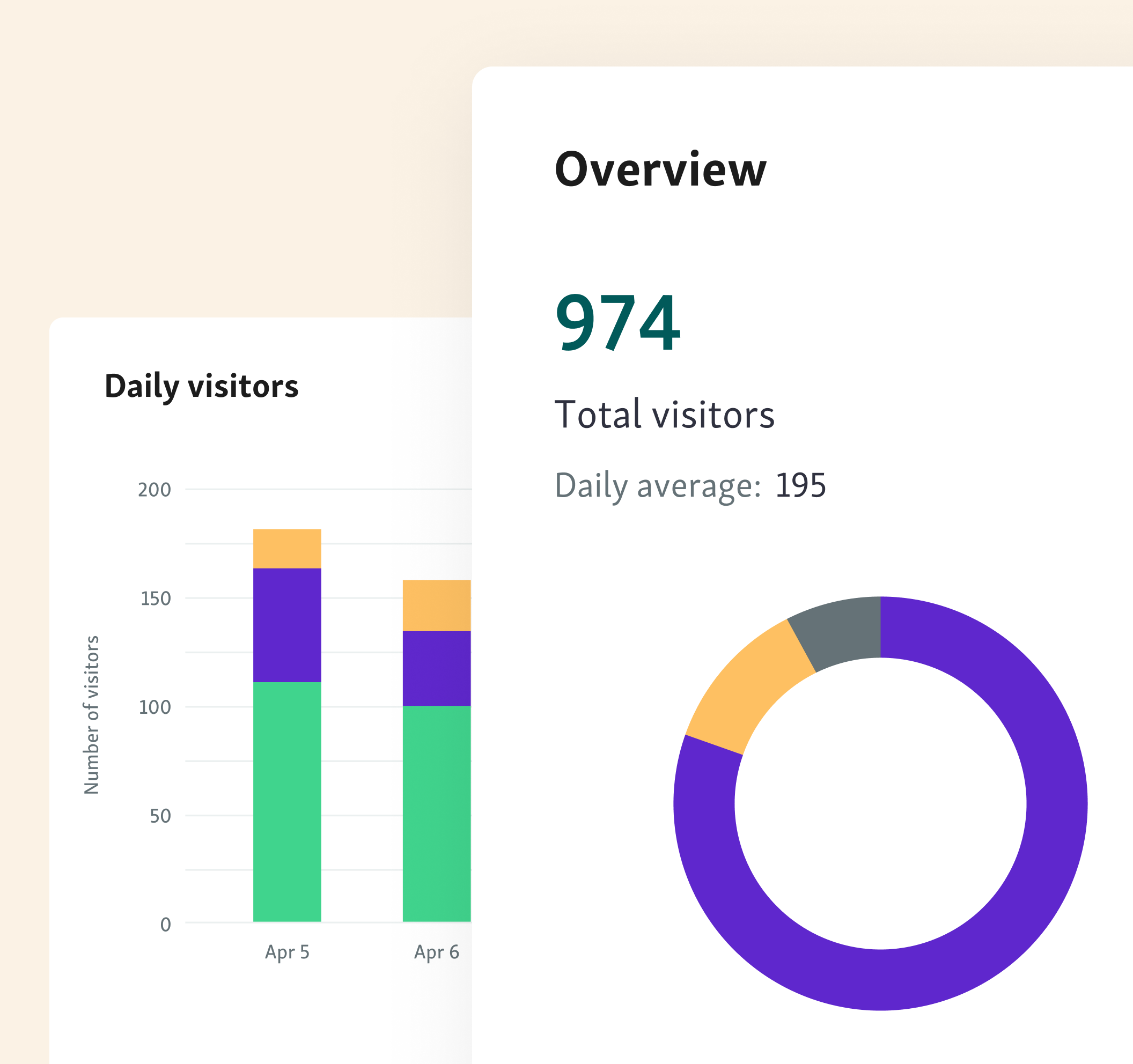
Learn how clinics and hospitals use Qminder to reduce wait times and improve patient care.
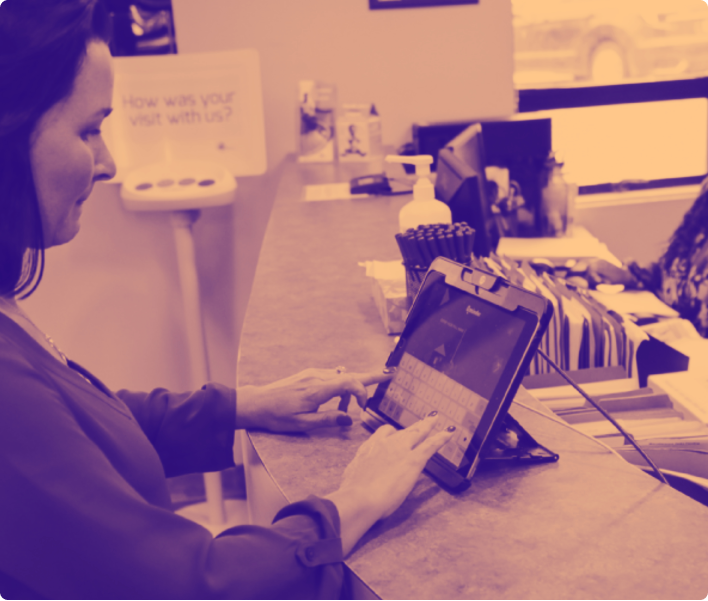
Why choose Qminder?
We’ve boosted CSAT, operational efficiency, and key performance metrics for government agencies, healthcare providers, financial institutions, universities, and major retailers.
